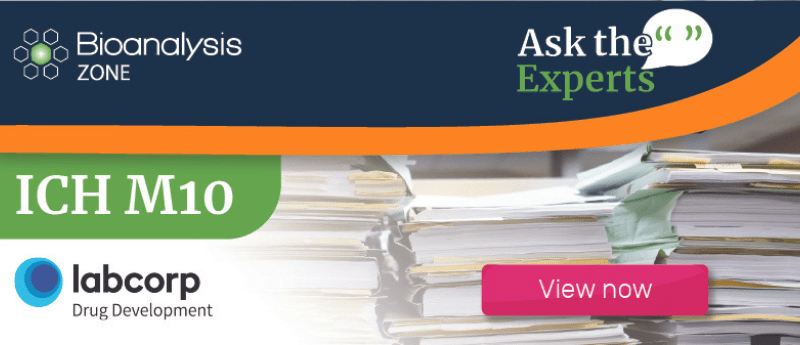4. How might the ICH M10 affect individual regulatory bodies? What is the process for individual regulatory bodies to implement ICH M10?


 Mark Arnold (left) and Rob Nelson (right) (Labcorp)
Mark Arnold (left) and Rob Nelson (right) (Labcorp)
Once the ICH Assembly accepts the final version, each member country must follow its process to adopt the new guidance, meaning it usually comes into effect several months after finalization and at different times in different countries/regions depending on the speed of the bureaucratic process. In the US, the FDA processes it, puts an FDA cover on it and then publishes it in the Federal Register as a guidance.
In the EU, the Committee for Medicinal Products for Human Use (CHMP) is responsible for implementing it as a European guideline.
Once a single country/region announces that it is requiring new drug applications must comply, that essentially establishes that all bioanalytical labs must be in compliance. Also, each health authority must also train its staff on what the guidance means to the review of filings and for their auditors/inspectors. This may result in additional variability in the timing of impact to bioanalytical laboratories.
 Kelly Dong (United-Power Pharma Tech Co., Ltd.,)
Kelly Dong (United-Power Pharma Tech Co., Ltd.,)
A science-based quality guideline could be very much welcomed by individual regulatory bodies. However, the discrepancies between ICH M10 and the existing local regulatory guideline may require a transition period and additional considerations based on local situations, and may also be required for study review and regulatory inspections.
The opinions expressed in this feature are those of the authors and do not necessarily reflect the views of Bioanalysis Zone or Future Science Group.

